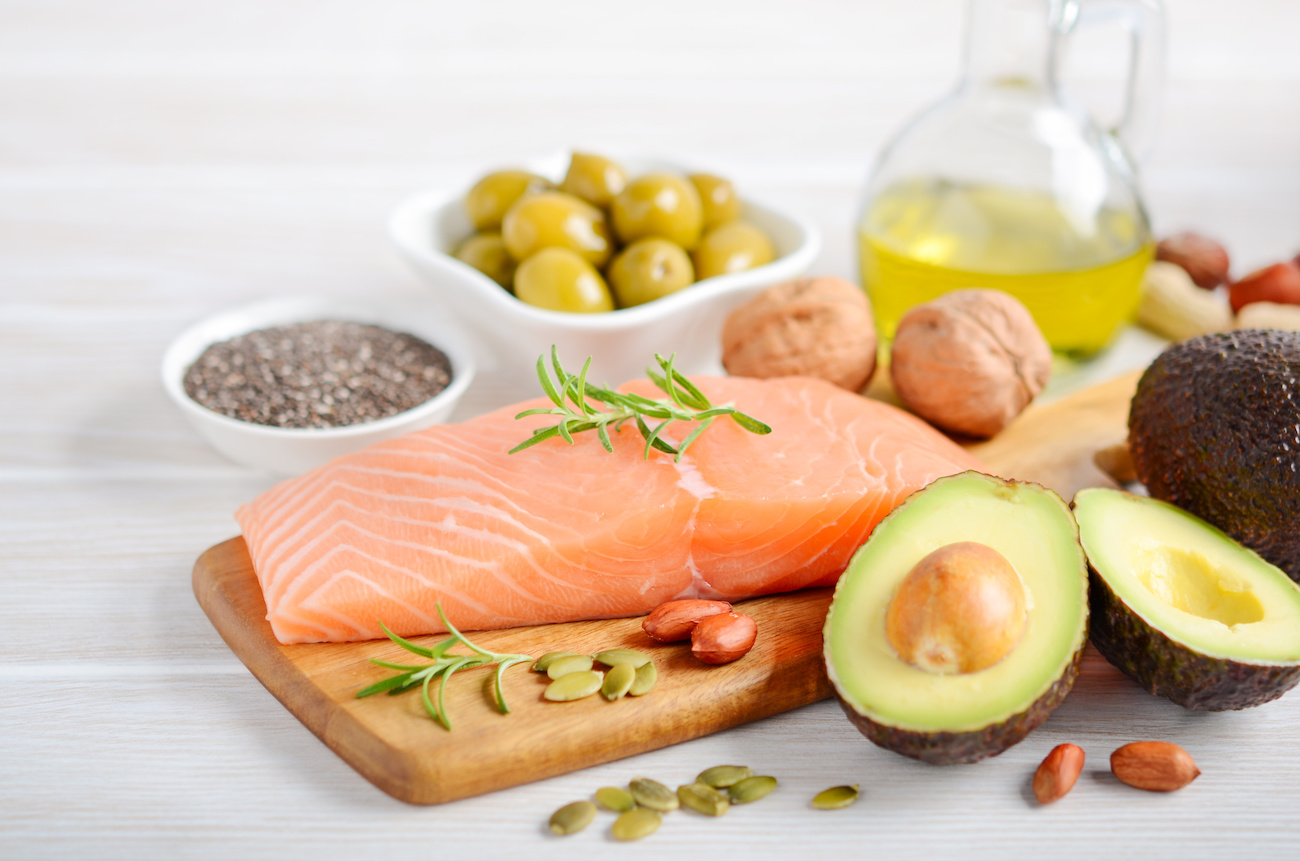All About Keto Rash Effects
The ketogenic or keto diet is a popular weight-loss program among overweight people nowadays. It’s a high-fat, low-carb diet that permits the body to use ketones from fat rather than glucose from carbohydrates to convert energy and function. This results in increased weight loss as fats are burned quicker.
Like all diet programs, the keto diet also has unpleasant side effects such as nutritional/hormonal imbalance, fatigue, depressed immune system, brain fog, and keto rash.
There appears a link between the keto diet and keto rash but the relationship in truth is multi-factorial. You are encouraged to read on and become better informed.
Symptoms of Keto Rash
Prurigo pigmentosa is the medical term for keto rash. It is a rare skin condition that manifests as red, inflamed, and itchy spots or papules, commonly appearing in the upper body area (e.g., neck, upper back, abdomen, chest).
It resembles other skin problems also, such as contact dermatitis, confluent and reticulated papillomatosis, and allergic reactions. The keto rash, however, includes distinct web-like patterns and dark brown marks after the papules have healed and disappeared.
While the keto rash can practically affect anyone, reports have confirmed the prevalence of keto rash among Asian women, particularly among Japanese.
Different Stages
The development of the rash encompasses the early lesion phase (pinkish raised lesions), developed lesions (full-blown papules filled with pus), healing lesions (crusty darker-colored lesions that reduced in size), and late lesions (dark brown web-like spots that extend for weeks after the papules healed).
In some cases, the condition naturally goes through the cycle over a brief period of time and heals without intervention. But in many cases, the rashes cause an alarm in patients and become worse when left untreated.
Possible Causes of Keto Rash
Studies that confirm the association between ketosis (the state when the body fats are converted to ketones) are rather few. But there is evidence that proves the relationship. Apart from the rashes appearing similar to other types of dermatitis, the difficulty in diagnosing keto rash is due to the fact that ketosis possibly occurs among diabetic patients subjected to fasting or restrictive dieting.
Other possible causes include hormonal fluctuations during monthly periods and pregnancies, bariatric surgery complications, and other medical conditions like Sjogren’s syndrome, Still’s disease, or H. pylori infection.
External stimulants are also considered triggers for keto rash, such as overexposure to heat, trauma to the skin, friction, allergens, and constant heavy sweating.
Treatment Options
Early detection is important, as well as prompt action. If restrictive dieting is the cause of the keto rash, reintroduce carbs to your diet and from then on consider moderate carbohydrate intake to prevent reoccurence. Research confirmed that when the body’s driven out of ketosis, symptoms for the keto rash alleviate.
When the symptoms are present, exercise proper care. Keep the affected area clean and moisturized. Read product labels to avoid chemical irritants.
Your body may lack the nutrients it needs due to restrictive diets. It is best to load up on fruits and vegetables to replenish your body. When uncertain about what to take in, you may consult with your registered dietitian nutritionist (RDN).
Seeking advice from your dermatologists is ideal, too They can correctly diagnose your skin’s condition and prescribe supplements. Studies have proven already the effects of probiotics, fish oil, and vitamin D in treating dermatitis.
In some cases, doctors recommend medications for keto rash like antibiotic doxycycline and minocycline to help clear out the rashes faster.
High-fat foods are also common food allergens. Your skin rashes and inflammation maybe allergic reactions to food (sometimes to certain chemicals or drugs), so try staying away from or minimizing the consumption of these food allergens when possible. Examples are dairy products, eggs, nuts, and fish.
Preventive Measures
There is no stopping anyone from experiencing the weight loss effects of keto diet. But remember to honor your pace and give your body reasonable time to adjust. Don’t indulge in sudden dietary changes (i.e., abrupt carbohydrate intake reduction) and prolonged restrictive dieting. This does more harm than good to your overall health.
Good skin care routine also prevents the exacerbation of dermatitis. Nourish your body from the inside, as well as on the outside. This said, eat your fruits and veggies regularly just as you moisturize generously and avoid long sun exposure. Use gentle soaps and shower with lukewarm water, according to the National Eczema Association.
Lastly, it does pay to give your doctor a visit. Rashes can be tricky. They may seem non-harmful but they actually are secondary to a serious medical condition.
